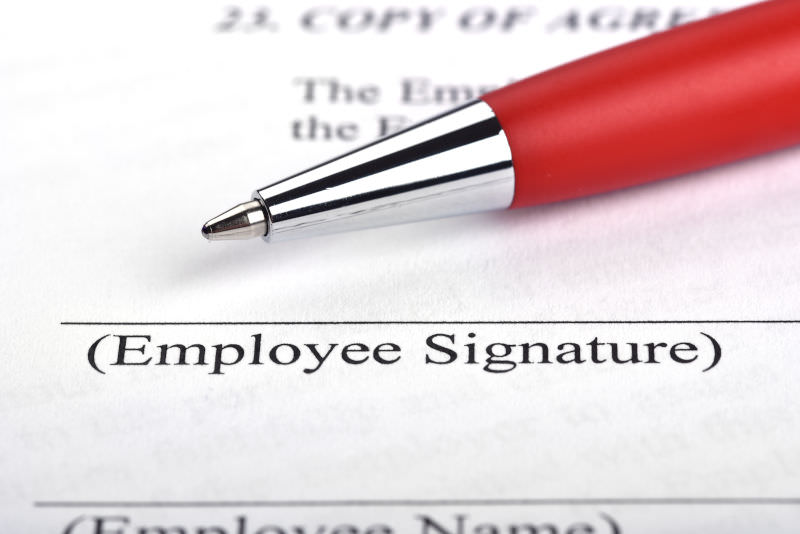In this 7-part series of blog posts, we explore the basics of employment law to help offer advice to managers and business owners.
Here is part 2: Employment Tribunals
Employment Tribunals are courts where employment disputes are heard and settled. They were originally set up to be informal in nature but over time they have become more formal although the dress trappings you see in Crown Courts e.g. barrister’s wigs etc are not seen.
Tribunals can hear cases related to many areas of employment including:
- Unfair dismissal – including redundancy
- Constructive dismissal
- Discrimination
- Breach of contract
- Disputes involved in a TUPE transfer
- Unfair deduction of wages
- Decision on employment types eg whether self employed, worker or employee
- Whistleblowing
- Trade Union membership
There are many others.
An employee can make a claim for Unfair Dismissal if they have 2 years or more continuous service and claim within 3 months of the date of dismissal.
There is no service qualification for an employee to make a claim for any:
- Any kind of discrimination
- Dismissal for whistleblowing
- Dismissal for being a Trade Union Member
- Dismissal for refusing to work in an unsafe workplace
To make a claim the employee contacts ACAS to say there is a dispute and ACAS will try and broker a settlement through conciliation.
If a settlement is reached, this is finalised by both parties signing a COT3 which is legally binding.
If no settlement is reached, the employee completes an ET1 form , a copy of which goes to the employer who will respond on an ET3 form.
A hearing date is set and the Employer (respondent) and Employee (claimant) will present their case before a Judge or a panel of 3 which will be made up of an employer representative, an employee representative (usually a Trade Union official) and a Judge. Witnesses are crossed examined about their evidence. After hearing the evidence the Judge or panel will retire and either give a verdict on the day or reserve judgement and give the verdict in writing.
The decision can be appealed on a point of law or one party believes that the judgement was perverse. An appeal is heard by the Employment Appeal Tribunal (EAT). Important cases can be further appealed to the High Court and finally Supreme Court. This is normally for important cases that will set a precedent for the future.
Important cases currently going through and have been in the news involve Pimlico Plumbers which is about employment status which was recently heard by the Supreme Court and Uber drivers which is again about employment status. Both will have a big impact on the so called gig economy. Keep an eye out.
Awards
If the employee is successful they can award:
- compensation – max £80541 (will change in April) or 12 months salary
- re-engagement – so re-employ but in a different job role
- re-instatement – re-instated back into their old job.
There is no compensation limit for discrimination cases.
Settlement Agreements
These are agreements made between an employer and employee where the employee agrees to forgo their employment rights in return for a sum of money. They are often used where the employer may want a quick outcome and is prepared to pay a bit more to save the cost of a Tribunal or sometimes the offer is made before a process is started which could lead to a dismissal.
The be legally binding, the employee will need to consult a solicitor to get legal advice on what they are signing. The cost of this is usually born by the employer.
Often a settlement agreement is preceded by a Protected Conversation”. This is a conversation where the issues can be discussed and a settlement offered and the details of the conversation cannot be used later at a Tribunal. This is very useful, however this protection is not given for issues around discrimination.
Once a Settlement Agreement has been reached and signed off, the employee cannot bring a claim to an ET unless the employer has breached one of the conditions.
Further Reading
From one of the UK’s most read legal blogs.










